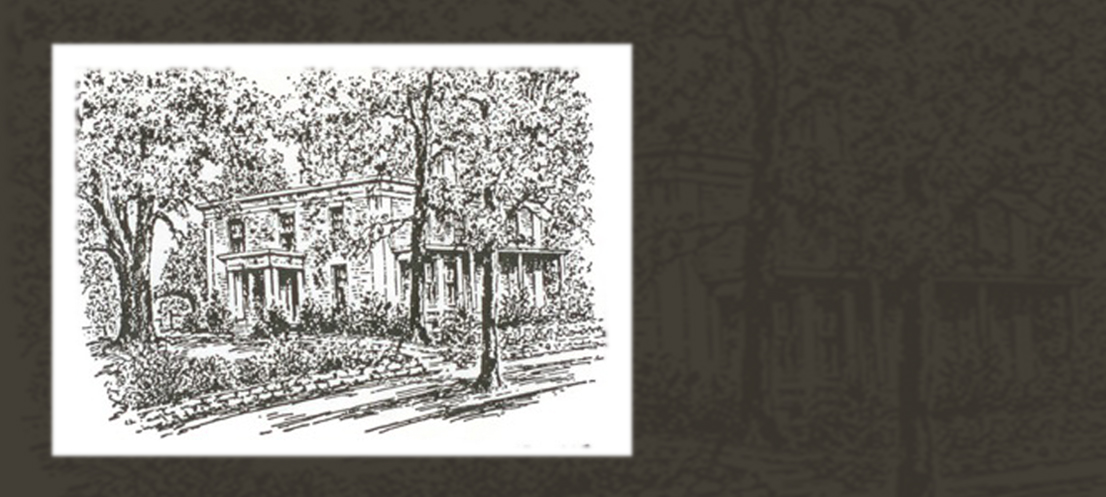Visit to Parkersburg, Kentucky
On the search for the whole Escape of the 28 story, members of the Living History committee visited with Boone County Librarian, Bridget Striker. She took us on a tour of Petersburg and showed us the most likely path of the freedom seekers from the Parker Farm to the river banks where they crossed.











